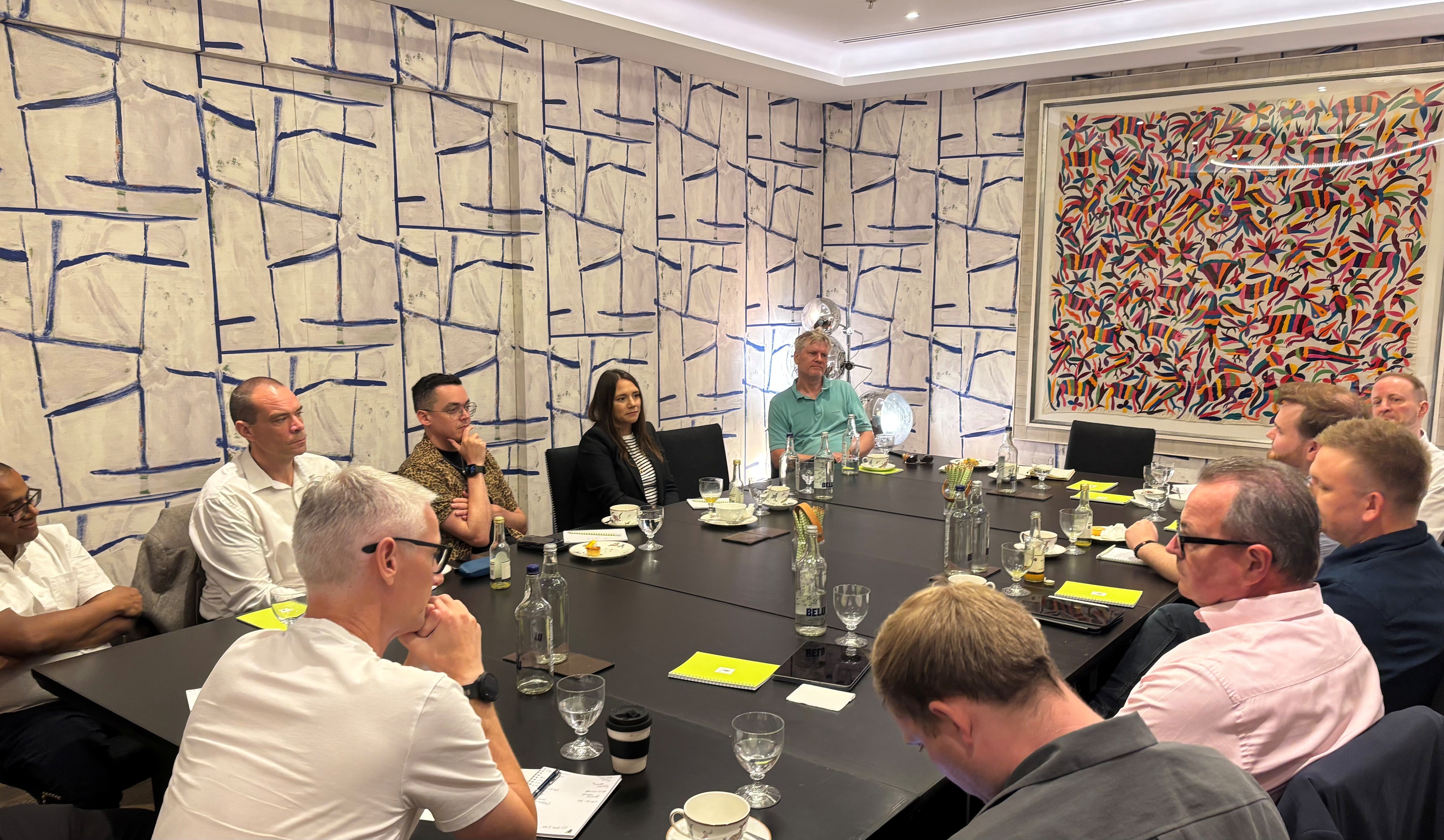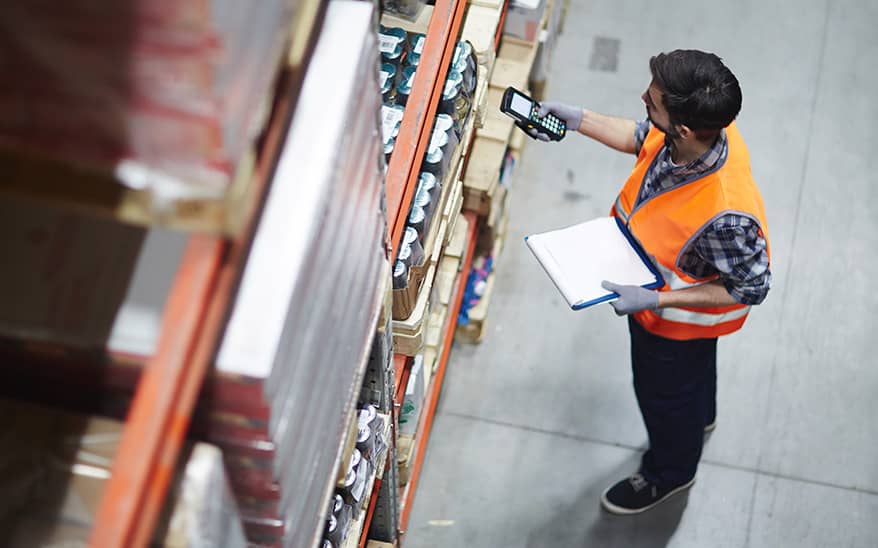Roundtable: Breaking the curse of returns in retail

What if customers were banned from returning items to retailers without good reason?
It’s all pie in the sky, of course – because consumers’ ability to return goods is here to stay. But it was one of the questions I posed to a group of senior retail leaders at a behind-closed-doors roundtable breakfast in London on 26 June.
They were slightly taken aback by the question, which was indicative of just how embedded customer returns and reverse logistics have become in retail’s business as usual operations despite them being viewed as the “curse” of the industry. And the question did prompt some excellent counters.
One guest said a ban would probably shift the majority of its online sales to smaller value items which would be easier to manage from a click & collect perspective. They argued it would rule out speculative purchases, while another exec predicted it would be the rebirth of stores – as shops would become the key trusted choice for buying fashion due to the capability to try clothing on.
Judging by the wider conversations during the event, retailers are upping their efforts to better manage returns so they do not become so burdensome on operations and so margin erosive.
The roundtable was held under the Chatham House Rule. Maintaining the anonymity of those involved I’ve picked out the key takeaways and central themes of the discussion.
No denying returns is a major challenge
With many fashion retailers experiencing returns rates of more than 40% (Next and Sosandar are among those on the record with these figures) which adds processing costs and reduces a retailer’s opportunity for full-price sell-through, there is a real need to prevent as many returns as possible and then deal better with those they do receive.
Indeed, one guest said returns represents “the biggest” cost in e-commerce. Others bemoaned the fact that it takes “extensive manpower” to deal with products coming back into the business and complained about their impact on inventory accuracy.
We also discussed how the trend for retailers establishing their own online marketplaces has made returns even more complex. Should retailers allow items sold through their platform by third parties to be returned to their stores and therefore provide the peace of mind shoppers desire, or avoid that hassle but run the risk of poor customer experience (CX) by leaving the returns process to the partner brand?
Retailers are grappling with a lot and they are having to build substantial teams solely to deal with reverse logistics.
Proactive returns avoidance
Manhattan Associates and I hosted this roundtable the week online fashion house Asos decided to close customer accounts for the minority of customers who are returning too many items.
Asos banning loyal customers who the business has deemed as unfair users of its free returns policy is one end of the scale of measures to reduce returns, and those at our event agreed it will help “educate” the wider consumer market about the impact of returns.
With the fight for customers in fashion retail so intense, though, it is brave of Asos to run a policy that has clearly upset the shoppers affected – many of whom have voiced their displeasure on social media. But one delegate commended the move.
“Asos is doing the experiments on everyone else’s behalf,” they noted.
Other proactive strategies to reduce returns include using chatbots to talk to customers at the point of purchase and offer personalised product suggestions. Inditex-owned Zara does this well, according to one senior retailer at the table, but others revealed they had experienced less success with online technology.
It was argued that despite their prevalence in that market, online sizing tools have still not widely improved the chance people will buy the right size, first time. There was hope expressed across the room this is an area where advancements in artificial intelligence (AI) can help improve data quality and functionality.
Manhattan also has tools in its platform for retailers that allow consumers with buyer’s remorse to cancel or redirect orders after they have made the order. This customer-controlled fulfilment is viewed by retailers using it as a shopper empowerment tool but also as an additional way of preventing sales that will inevitably be returned.
AI is used here to support what Manhattan calls a convenient and simple self-service approach to returns for customers.
Proactive returns management
One fashion retailer at the roundtable acknowledged customer returns “are an inevitable part of the journey” even though the cost, environmental impact, and potential damaging CX attached to them is clearly something the business could do without.
That was the general consensus in the room – and it led to delegates describing some of the work they are undertaking to improve the returns process for their organisations and the customer alike.
Techniques used by retailers include running dedicated reverse logistics fulfilment sites which take back all returns before redistributing inventory to the parts of the business where they can be resold or discarded accordingly. Once again, Manhattan’s platform can help retailers with this process, with the aim of getting products back to most optimal and profitable location, and ultimately improving returns sell-through rate.
Multichannel retailers with the appropriate technology in place are able to embed returned goods into store inventory, and some of those in the room deemed this to be the most cost-effective way of getting stock back into circulation quickly. Store staff are often trained in quality assessment, so these decisions can be made at a local level.
Equally important is how retailers communicate with consumers during the returns process.
“One of our biggest detractors on the Net Promoter Score is lack of communication,” one roundtabler stated, suggesting this is an area where the returns process needs much more work in retail.
Returns as an opportunity
Several retailers at the roundtable are trying to view returns as a “business opportunity” despite the operational headache accompanying them.
One said: “We now use returns as a way to bring customers back in to our brand – it’s another chance to talk to them.”
Another added that for high margin retailers with big stores, returns can be more of an opportunity as opposed to a challenge.
They cited an interesting figure that 11% of customers using click & collect to procure a product also buy something additional when they enter their stores. Although customers will be arriving to stores in a different mindset for returns, the commercial potential of getting people back into a shop to drop off unwanted goods is there to see.
Retailers such as Next, H&M, and Uniqlo include a set charge on online returns but wipe the fee if customers bring the item in question into a store. They clearly see an opportunity for upsell or cross-sell by encouraging this behaviour.
Pieter van den Broecke, EMEA Leader Supply Chain Commerce Strategies at Manhattan, said at the roundtable: “Although the idea of banning returns is fanciful, simply asking the question ‘what if?’ serves to underline just how much bandwidth the returns process is taking up for retailers.
“For all online shopping has done to add convenience to people’s lives and open up more brands to greater audiences, it has created problems and margin erosion that simply didn’t exist for retailers in a pre-digital age. Therefore, it is encouraging to hear retailers are proactively working on ways to avoid returns where possible, better manage the process, and find opportunities to turn the problem into an opportunity.”
He added: “From digital self-service platforms that prevent unnecessary returns to agile reverse logistics and GenAI-powered customer service tools, Manhattan has an array of
solutions to streamline retailers’ returns process while enhancing customer satisfaction.”
Guests at the roundtable included IT, digital, operations, and analyst leaders from the following companies: AllSaints, Asos, B&Q, Deckers Brands, Dune Group, Marks & Spencer, Monsoon, Mulberry, Primark, and Tesco.
Thanks to all attendees for a fascinating roundtable discussion. The event took place on 26 June at London’s Soho Hotel.









